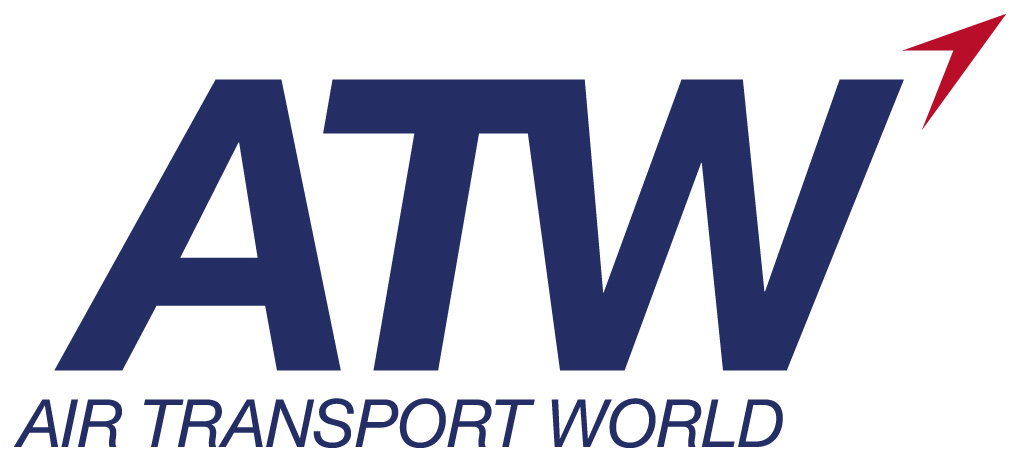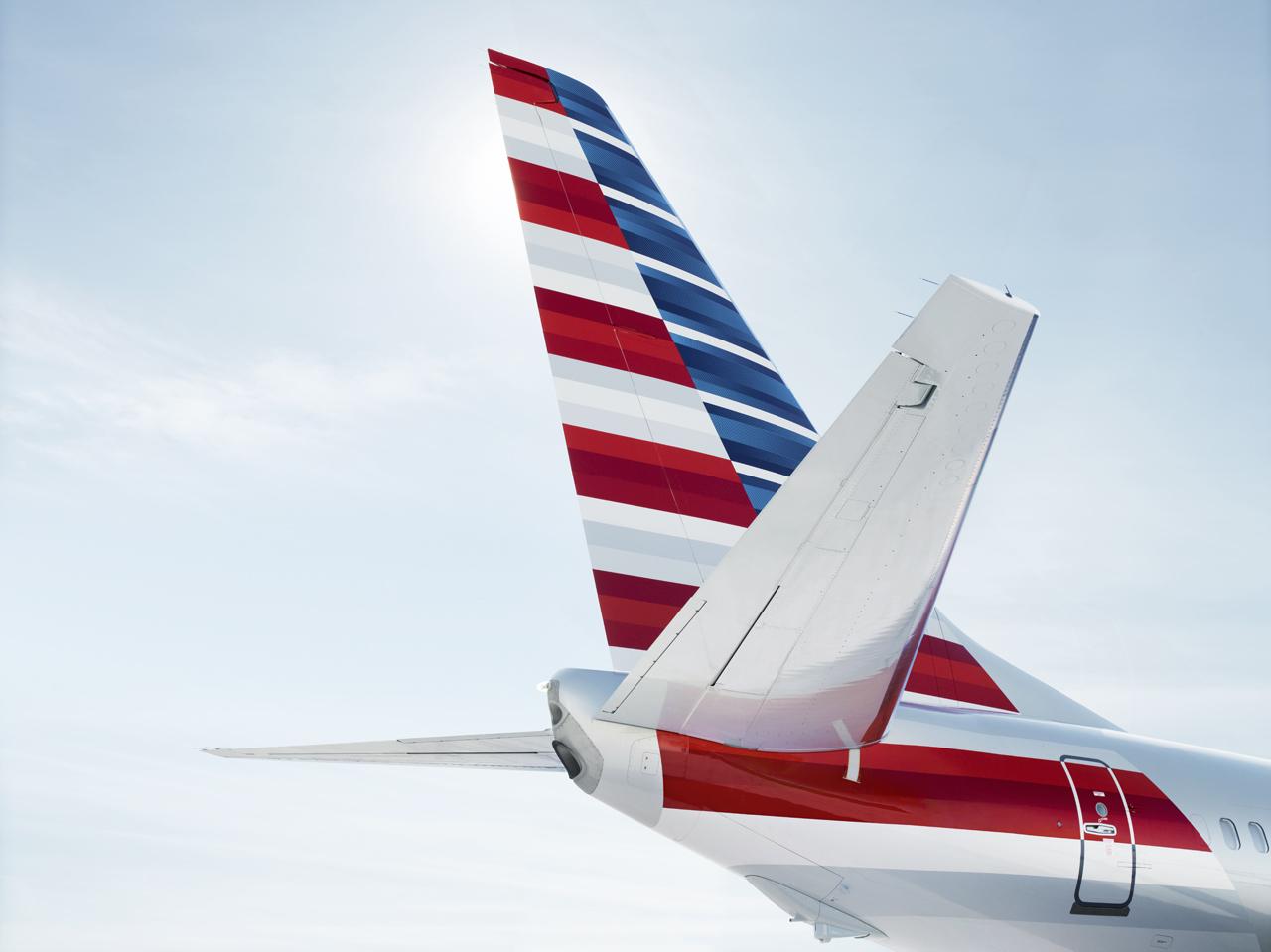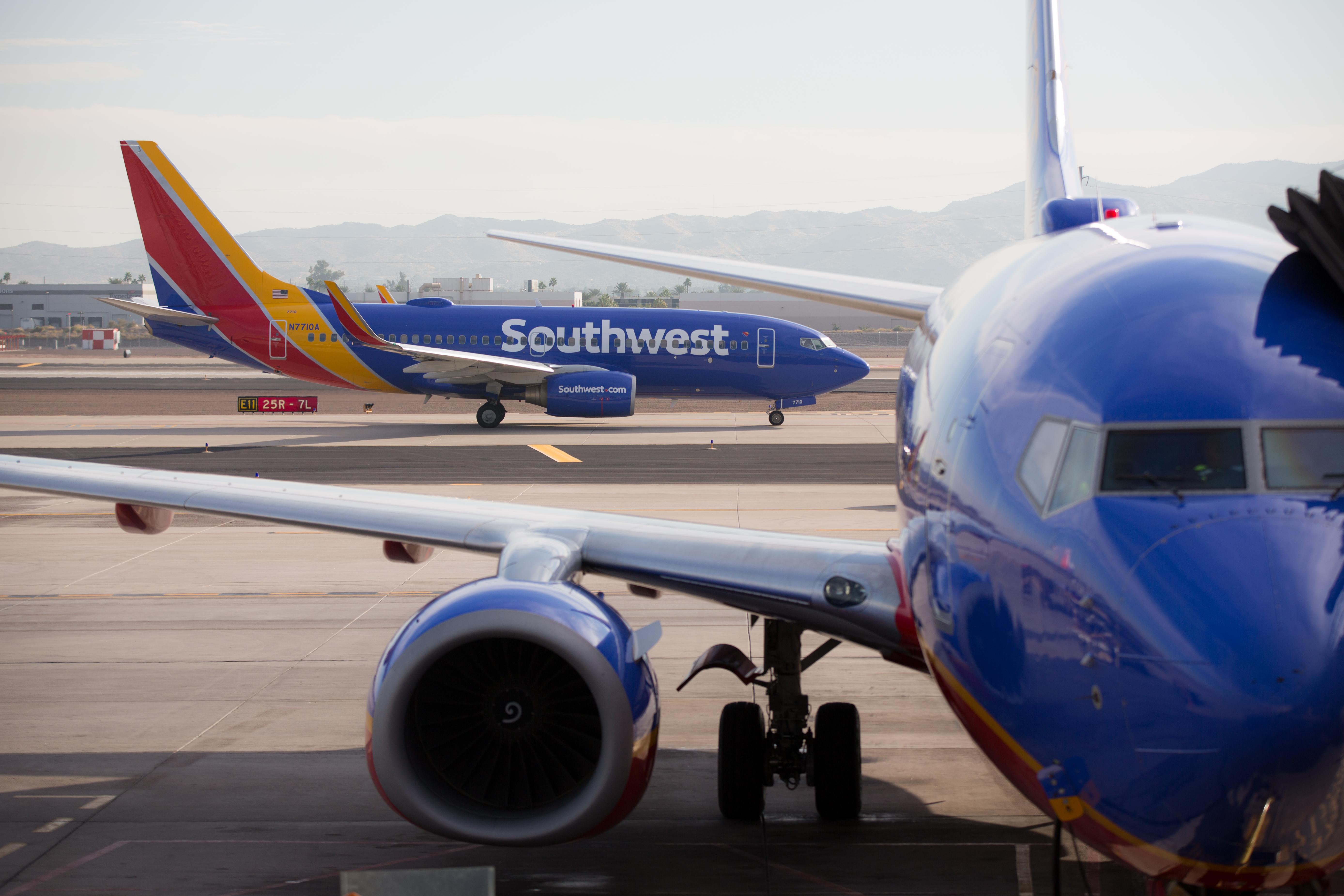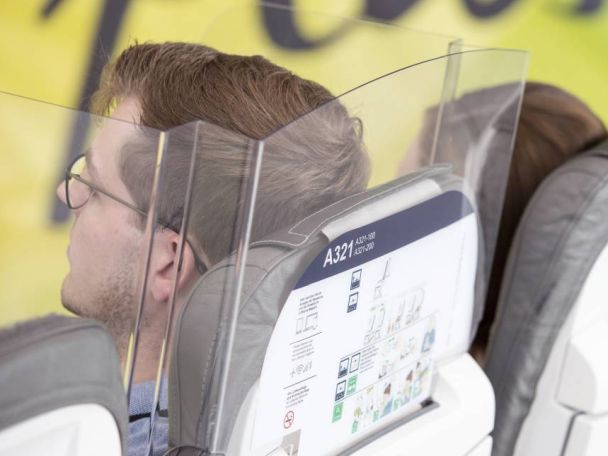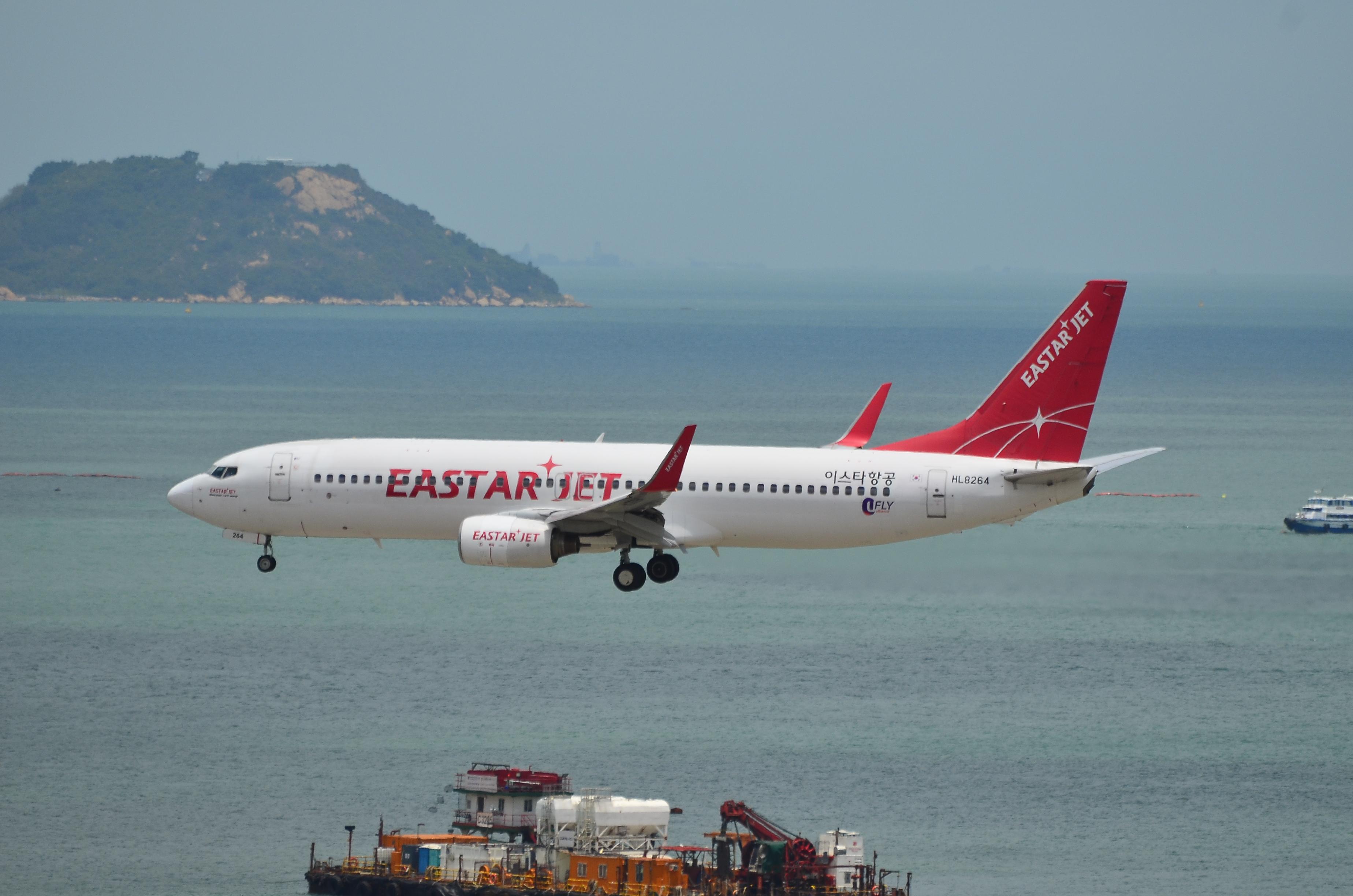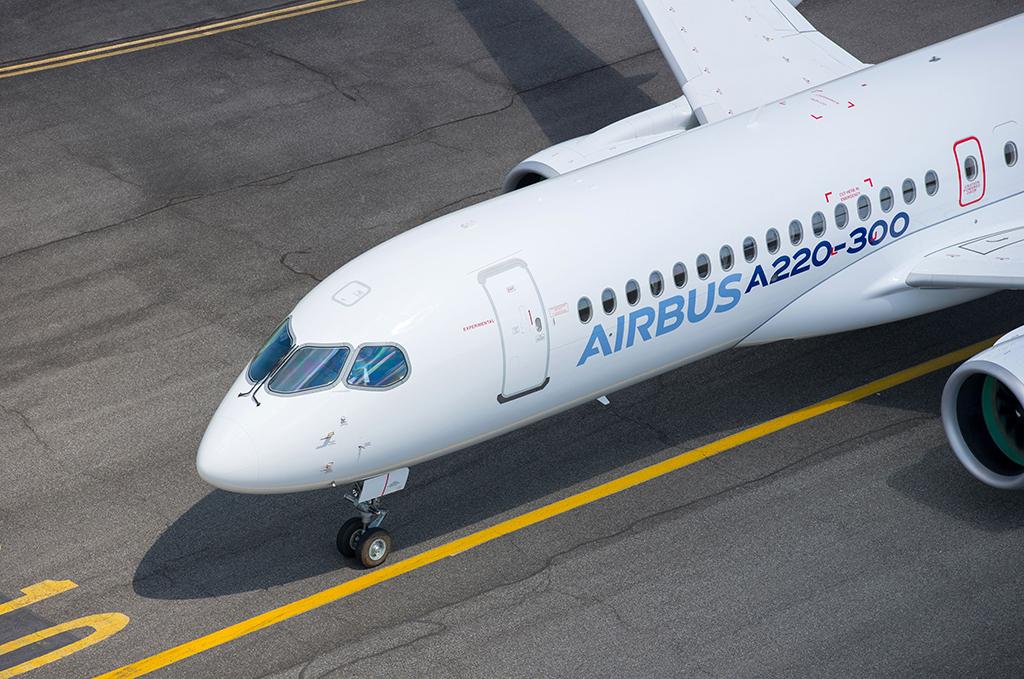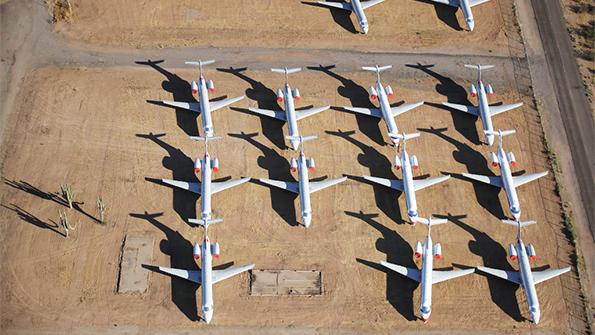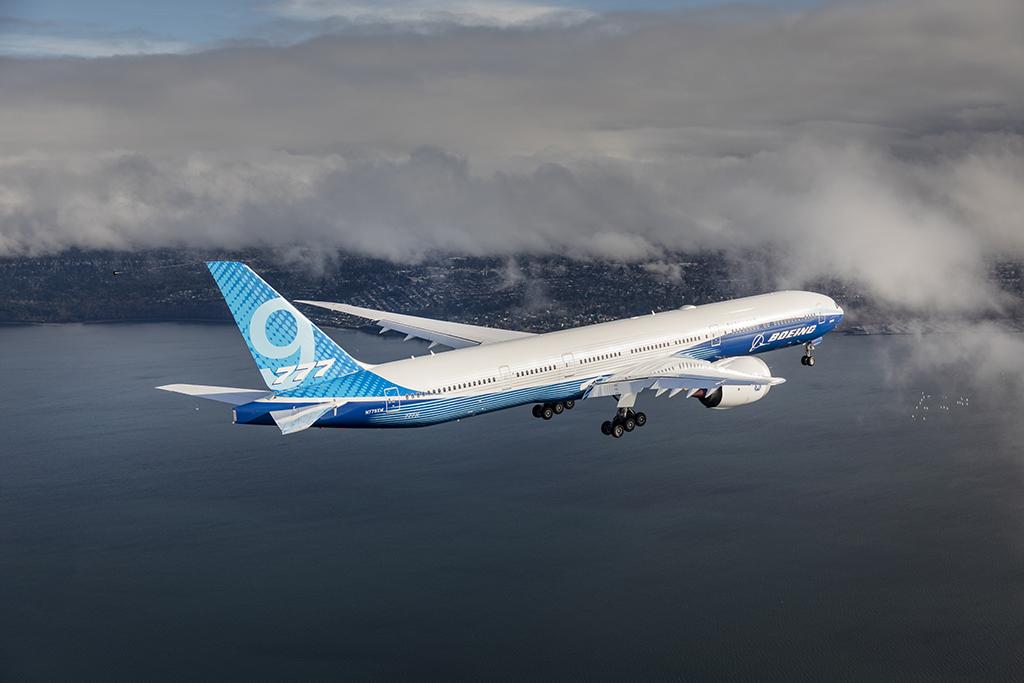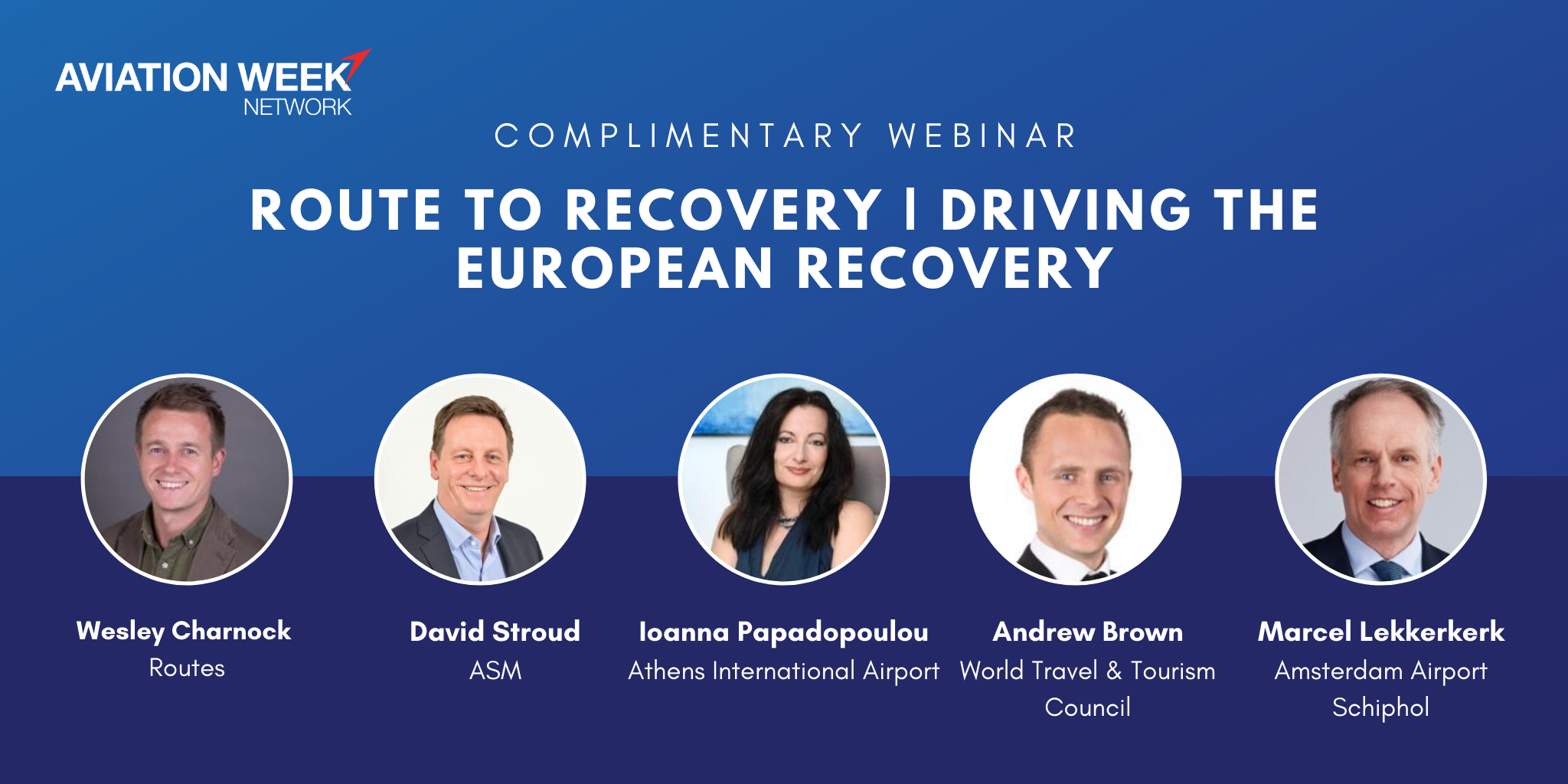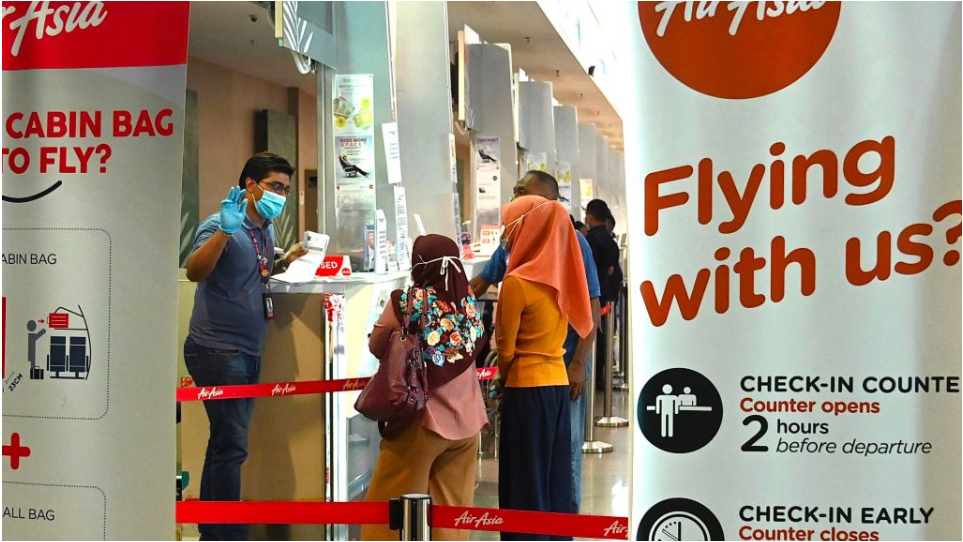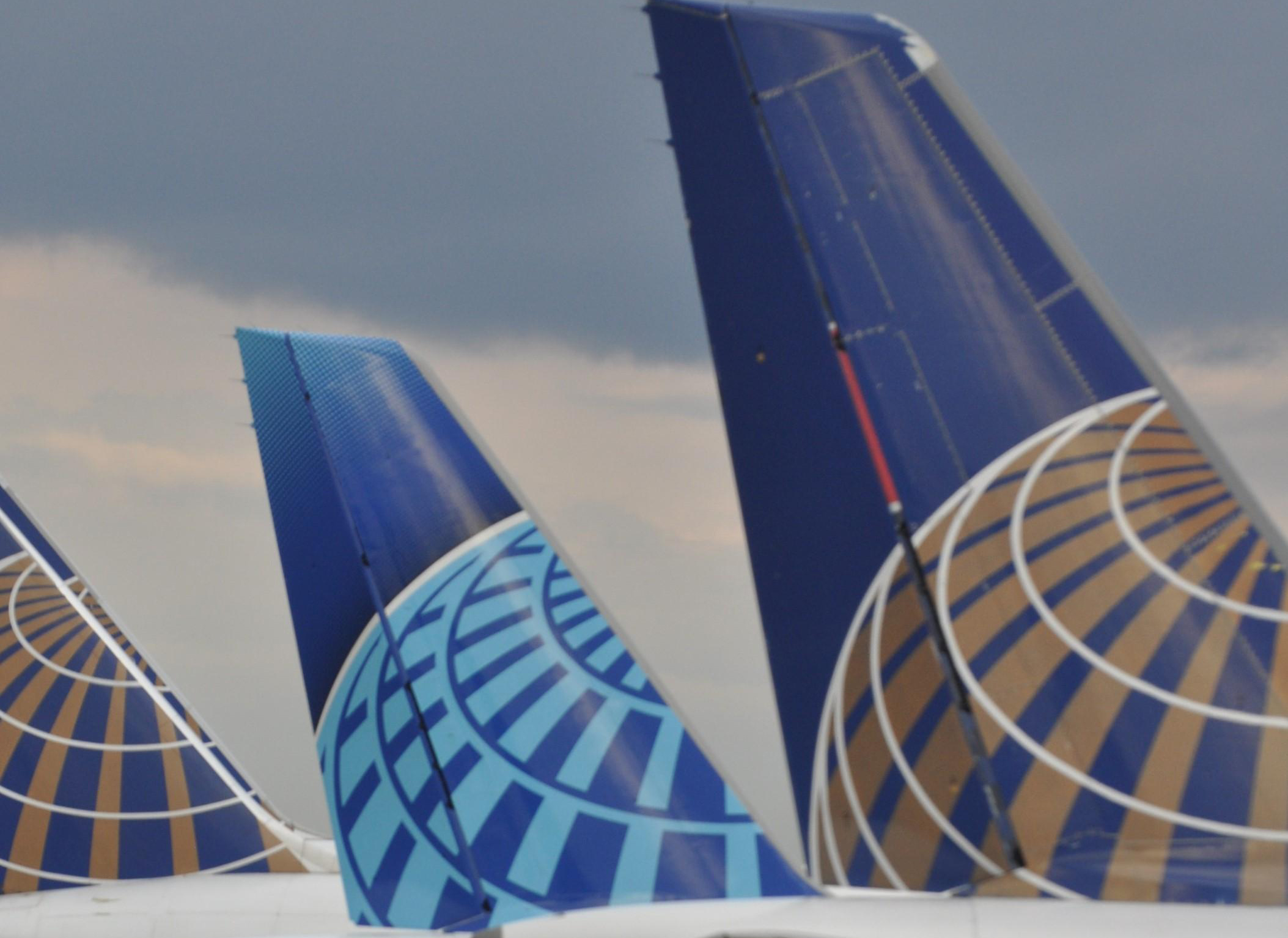| If you have trouble viewing this email, read the online version. |
|
|
|
|
|
|
|
|
|
|
|
|
|
|
|
|
|
|
|
|
|
|
|
|
|
|
|
|
|
|
|
|
|
|
|
|
|
|
| You are subscribed to this newsletter as newsletter@newslettercollector.com, and to ensure delivery to your inbox, please add news@enews.aviationweek.com to your address book.
|

